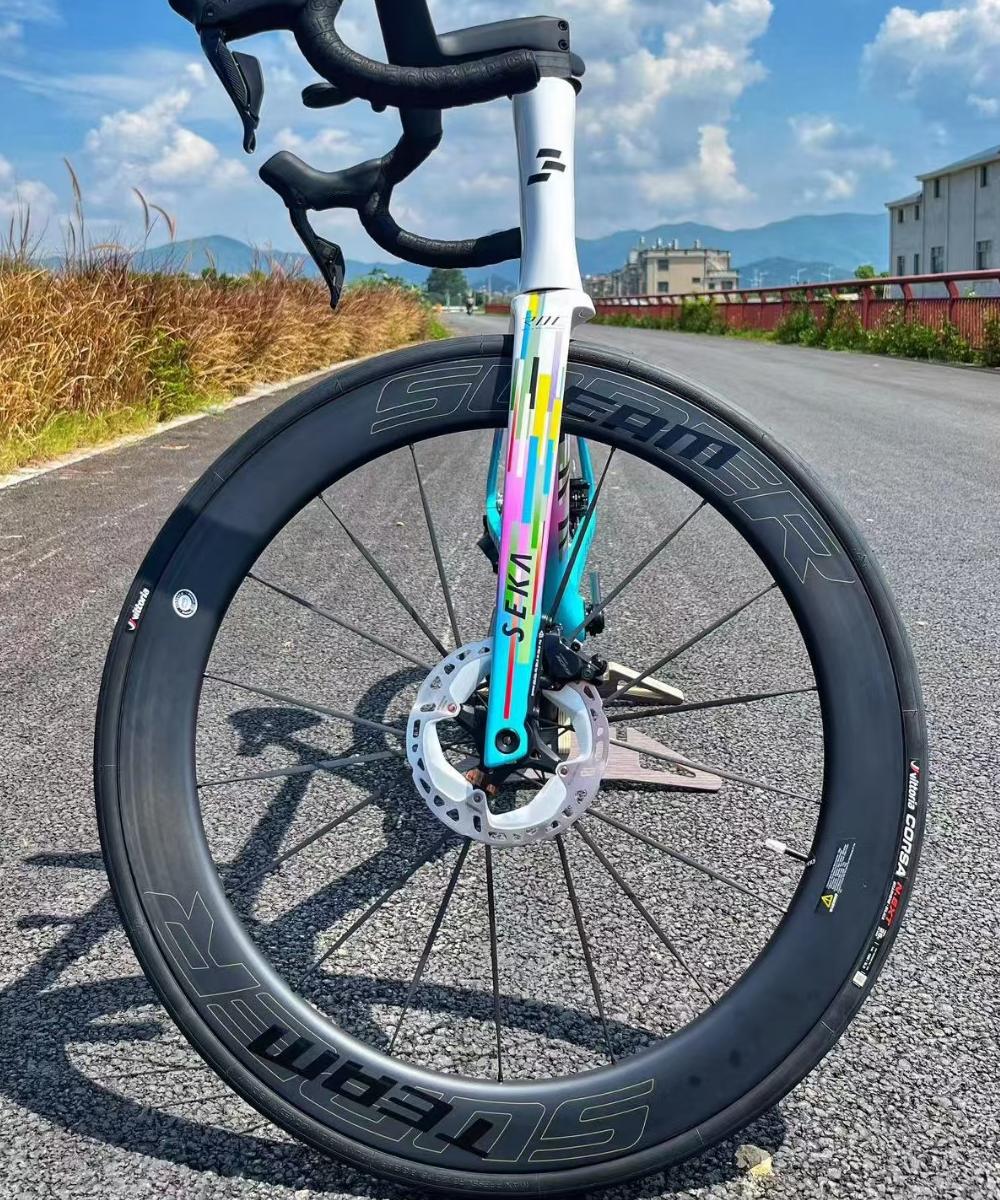Why Bearing Preload Adjustment Is Critical for Smooth Performance
Bearing preload refers to the amount of axial force applied to a wheel’s bearings during installation. Proper adjustment is essential for smooth rotation, longevity, and efficient power transfer. Incorrect preload—either too tight or too loose—can compromise performance and even damage the wheel over time.
Understanding Bearing Preload
Too tight: Excessive preload increases friction, generates heat, and accelerates bearing wear. Riders may feel a “dragging” sensation, reducing efficiency and increasing fatigue.
Too loose: Insufficient preload allows play in the hub, leading to wobbling, uneven load distribution, and potential premature bearing failure.
Bearings, whether cartridge or loose-ball, rely on precise preload to maintain optimal alignment and smooth rotation under varying loads.
How Preload Affects Performance
Smoothness: Correct preload minimizes resistance while preventing lateral or axial play, ensuring a consistent feel through corners and during sprints.
Power Transfer: A hub with properly preloaded bearings transmits pedal power efficiently. Excess friction from over-tightening can waste energy, while a loose hub reduces responsiveness.
Durability: Balanced preload reduces uneven wear on bearing races and balls, extending service intervals and avoiding costly replacements.
Signs Your Preload Needs Adjustment
Excessive play when wiggling the wheel side-to-side.
Rough or gritty rotation.
Audible clicking or knocking noises under load.
Heat buildup after short rides indicating friction from over-tightened bearings.
Best Practices for Adjustment
Use manufacturer-specified torque or preload values.
Adjust incrementally and test rotation by hand before final installation.
Re-check preload periodically, especially after heavy rides or hub maintenance.
Conclusion
Bearing preload is not a minor detail—it’s a critical factor for wheel performance. Properly adjusted preload ensures smooth rotation, maximizes power transfer, and prolongs bearing life. Riders who neglect this simple adjustment risk inefficient rides and premature component wear, highlighting the importance of careful hub setup.




